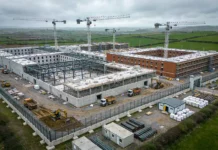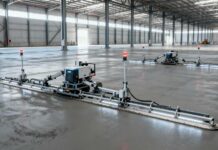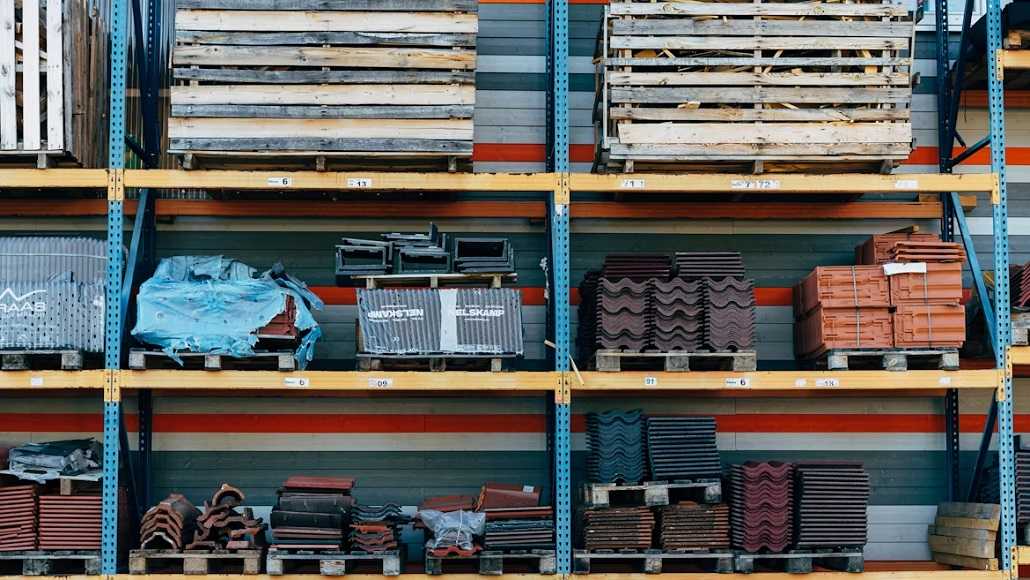When it comes to commercial and industrial construction, architectural brilliance and structural design can only go so far. At the end of the day, many of the best-laid plans will be made or broken by the material selection. Each material must do its part in helping the building accomplish a variety of ends.
While cost is always a top consideration when dealing with multi-million dollar bids, it is not the end all, be all. Getting overly “economical” upfront can lead to future challenges. With this in mind, keep reading as we explore 6 crucial factors to consider when choosing the right material for a commercial building project.
1. Structural and Mechanical Performance
When sourcing materials for commercial and industrial settings, structural and mechanical performance take center stage. The materials will face stressors not found in most private residences. Some of the factors to consider are:
- How well does the material support loads?
- How will the material perform when introduced to unexpected forces?
- Will the material maintain its structural integrity over time?
Terms such as “load-bearing capacity,” “tensile strength,” and “modulus of elasticity” are not just buzzwords. They provide specific insight on how well the material will perform in the face of a variety of forces.
2. Durability
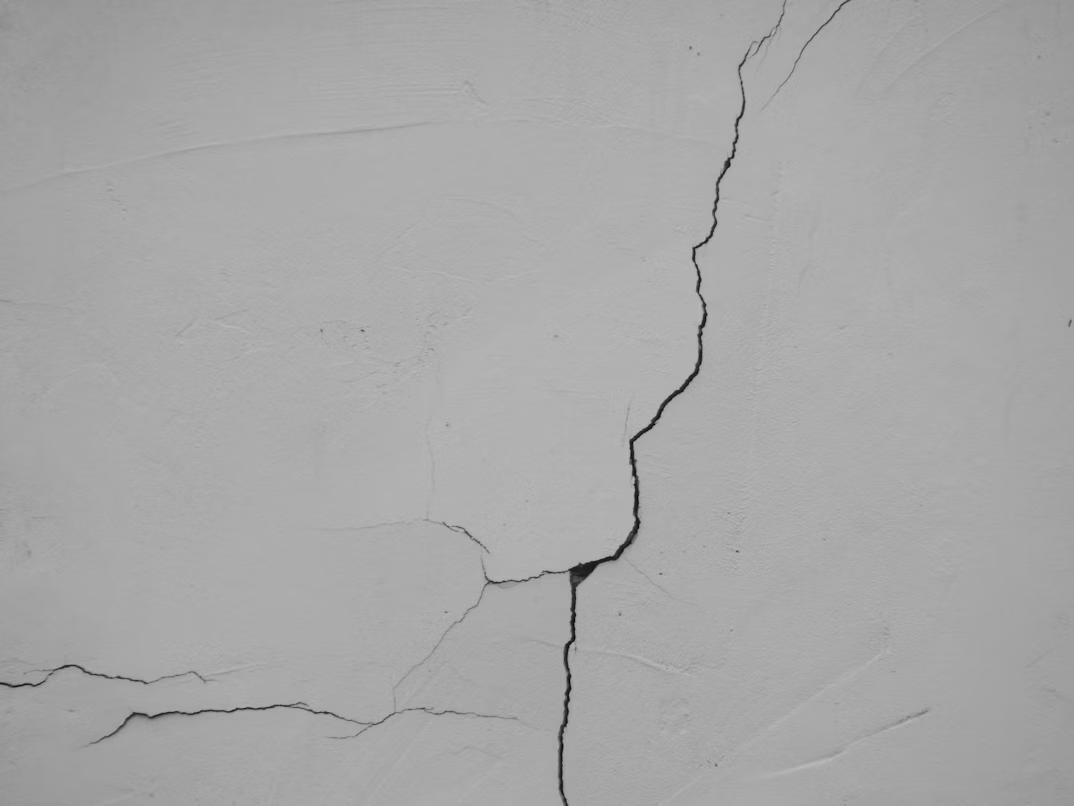
There are few–if any–areas of life where durability isn’t desirable. The longer-lasting product is almost universally preferable over its less robust competition.
With that said, the importance of durability is really underscored when it comes to commercial building materials. On top of creating long-lasting structures, durable materials:
- Lead to lower lifetime costs through reduced maintenance and repair requirements
- Promote sustainability through fewer energy resources needed for replacement
- Business continuity and reduced downtime due to unexpected material failures
While there is a wide selection of durable building materials used in commercial structures, a few next-level options include ICF framing, stainless steel railings, and hurricane-grade storm windows.
3. Productivity Enhancement
A commercial building is only as good as the value it helps create. One of the best ways to accomplish this is through productivity enhancement. If the building is helping employees stay healthy and function at optimal levels, the company has a huge leg up on the competition. Some great materials for boosting productivity include:
- High-performance window glazing (Low-E) to increase natural light flow without causing excessive warming
- Advanced HVAC systems with volume control dampers for noise reduction to enhance concentration
- Cork and rubber flooring for improved ergonomics while maintaining durability
Other ideas to consider for boosted productivity include smart lighting systems, acoustic ceiling clouds, and switchable smart glass.
4. Code Compliance
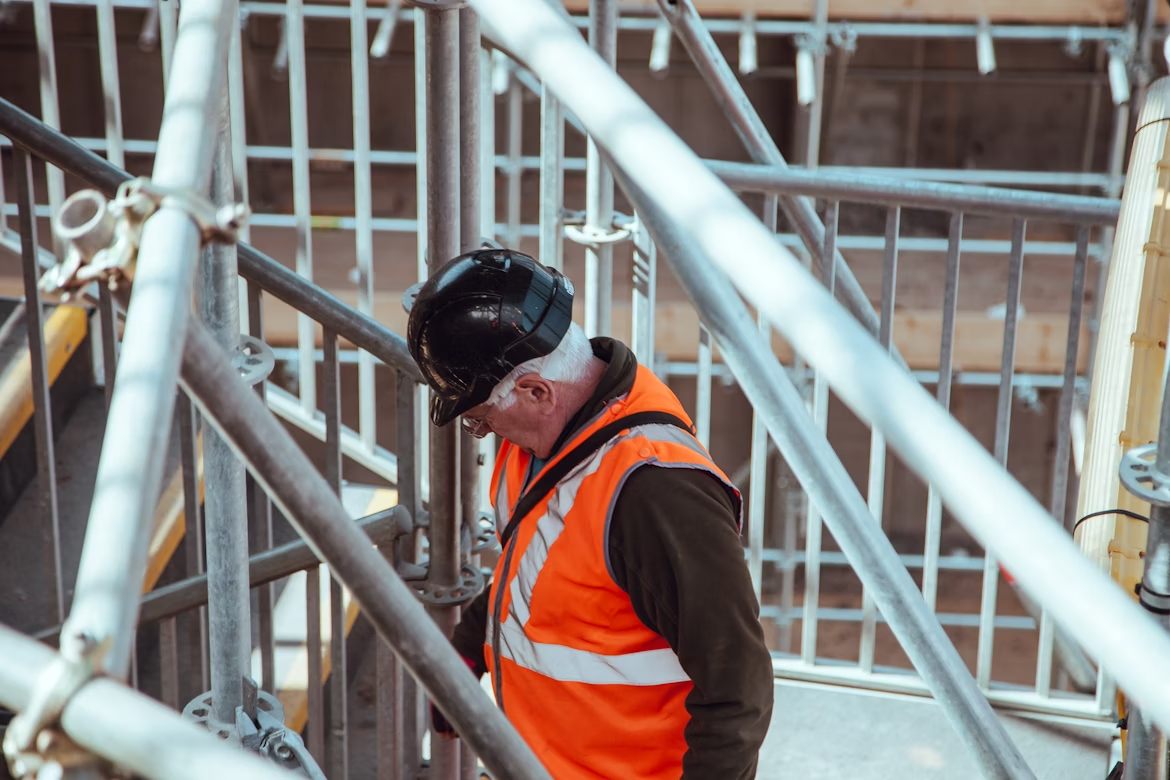
To protect the safety of all occupants and property–and to avoid possible fines and legal action–it is crucial to consider code compliance standards for the materials you choose.
For example, any material labeled “fire resistant” must comply with IBC Chapter 7, passing the appropriate hour-based fire-resistance tests. Another example may be when choosing stainless steel cable for commercial railing systems. The cables must be adequately tensioned to prevent the passage of a 4-inch sphere.
These are just the tip of the iceberg. Other codes to consider are energy efficiency, ADA compliance, and structural load requirements (IBC Chapter 16). Do your homework in each of these areas to ensure that your material choices make the grade.
5. Aesthetics
Gone are the days of the drab industrial building and the cookie-cutter office cubicle.
Modern commercial spaces must be as attractive as they are functional. This helps promote brand image and establish positive first impressions. It also boosts employee morale and mental wellbeing. Finally, top-notch aesthetics offer potential in terms of marketability and property value.
Consider modular glass partition walls. They help create privacy and define space without encumbering natural light flow. Employ decorative screen panels around the building’s perimeter. This can provide architectural intrigue that gives character to otherwise drab facades. Add stone accent walls and exposed wood beams to speak to biophilic sensibilities.
6. Environmental Impact
Sustainability is the name of the game in contemporary commercial design. Architects are continuously searching for ways to create structures that maximize performance while minimizing environmental impact.
As mentioned, durable materials are a huge consideration in this regard. Steel, reinforced concrete, and engineered composites are a few examples of long-lasting products that will not consume maintenance resources over their lifetime. Low-E glazing for windows helps keep interior temperatures stable for reduced reliance on HVAC. Bamboo flooring is a trending option thanks to the efficient growing cycle of the bamboo plant and its utility in reducing deforestation concerns inherent to traditional timber.
Cover All Bases When Choosing Materials for Commercial Projects
When it comes to choosing building materials for a commercial project, cost is just one piece of the puzzle. From structural performance to environmental impact, consider any of the factors listed above for sourcing the ideal building materials for industrial structures. For more of the latest trends in the commercial construction landscape, explore the content at World Construction Today for additional thought-provoking reads!







